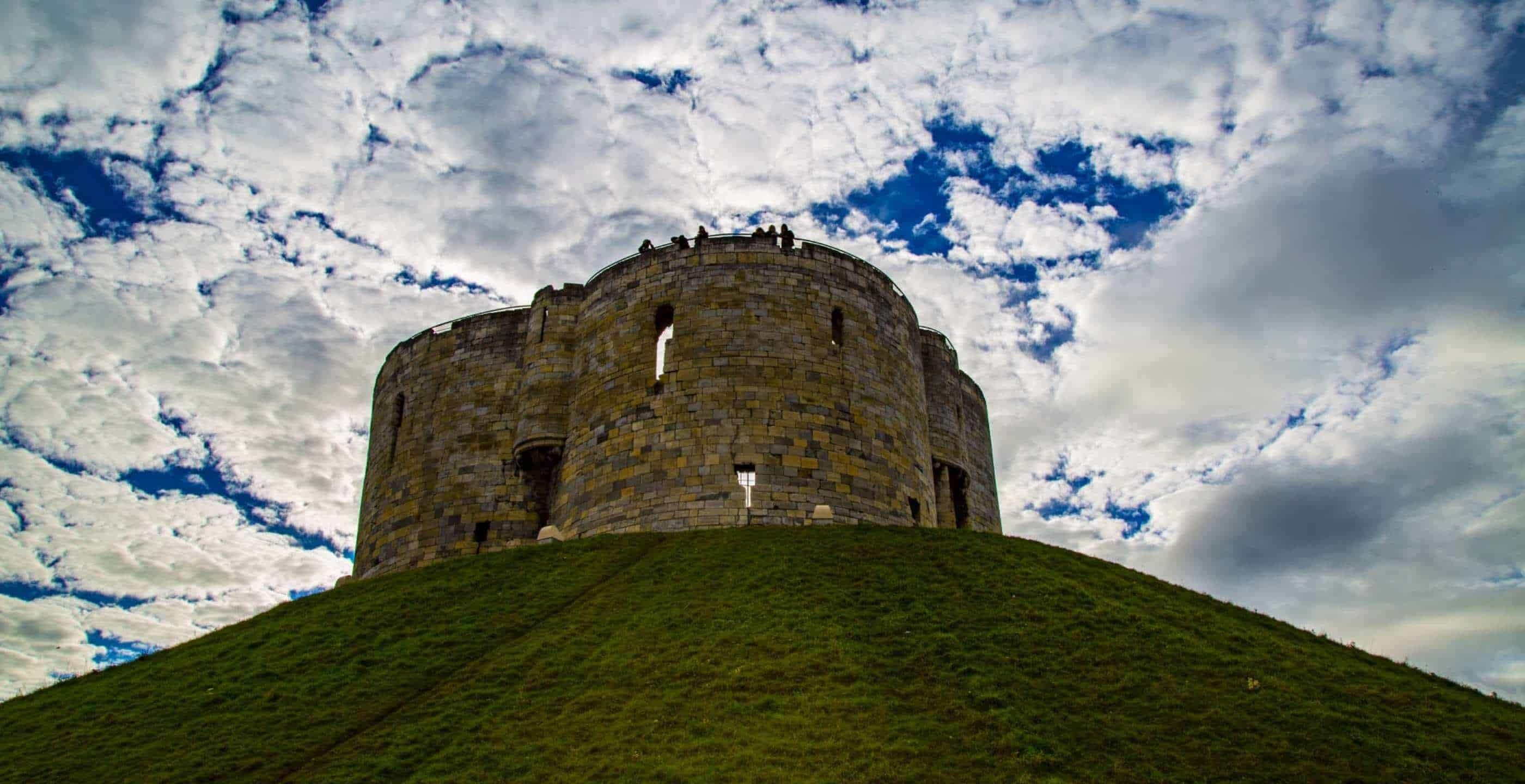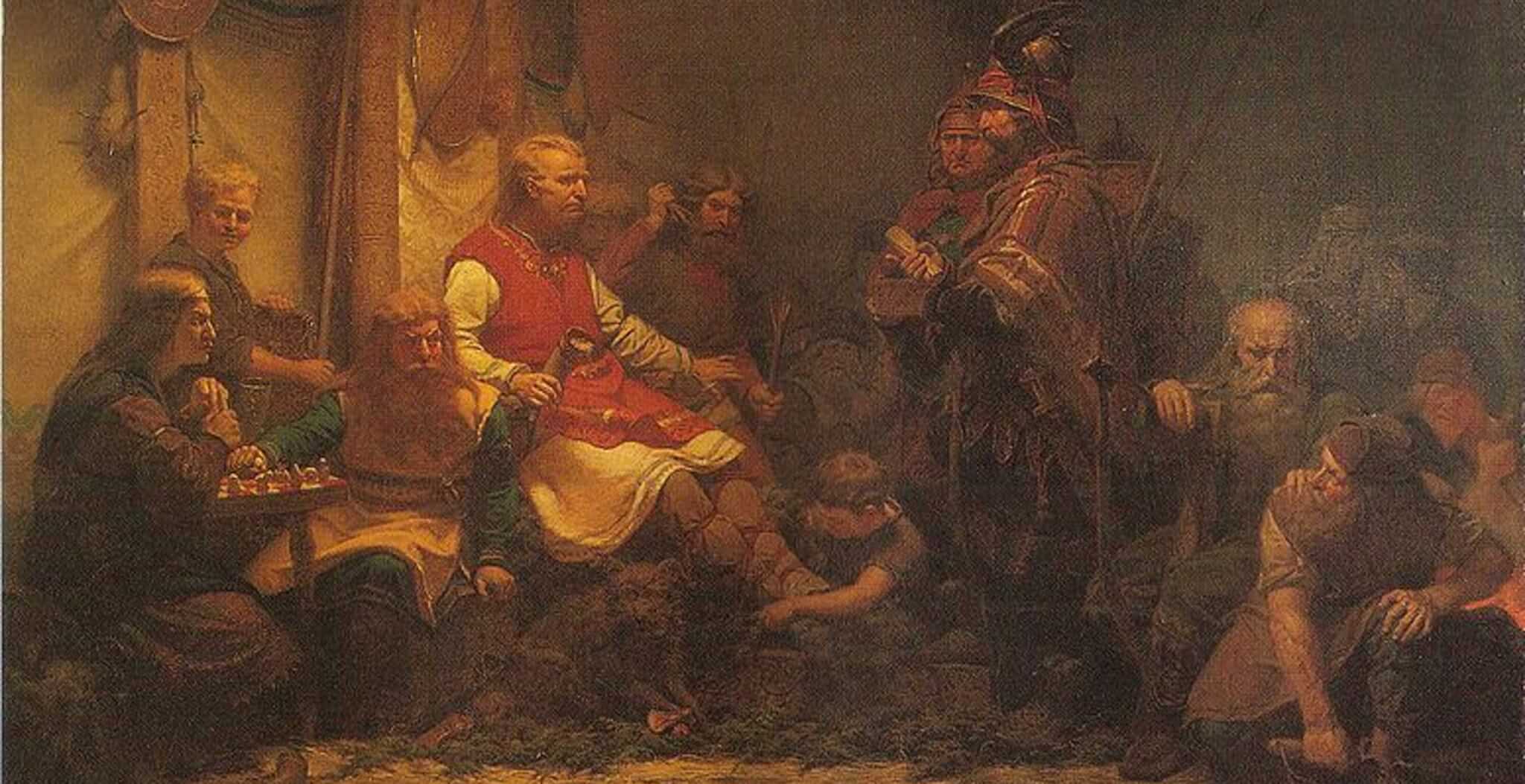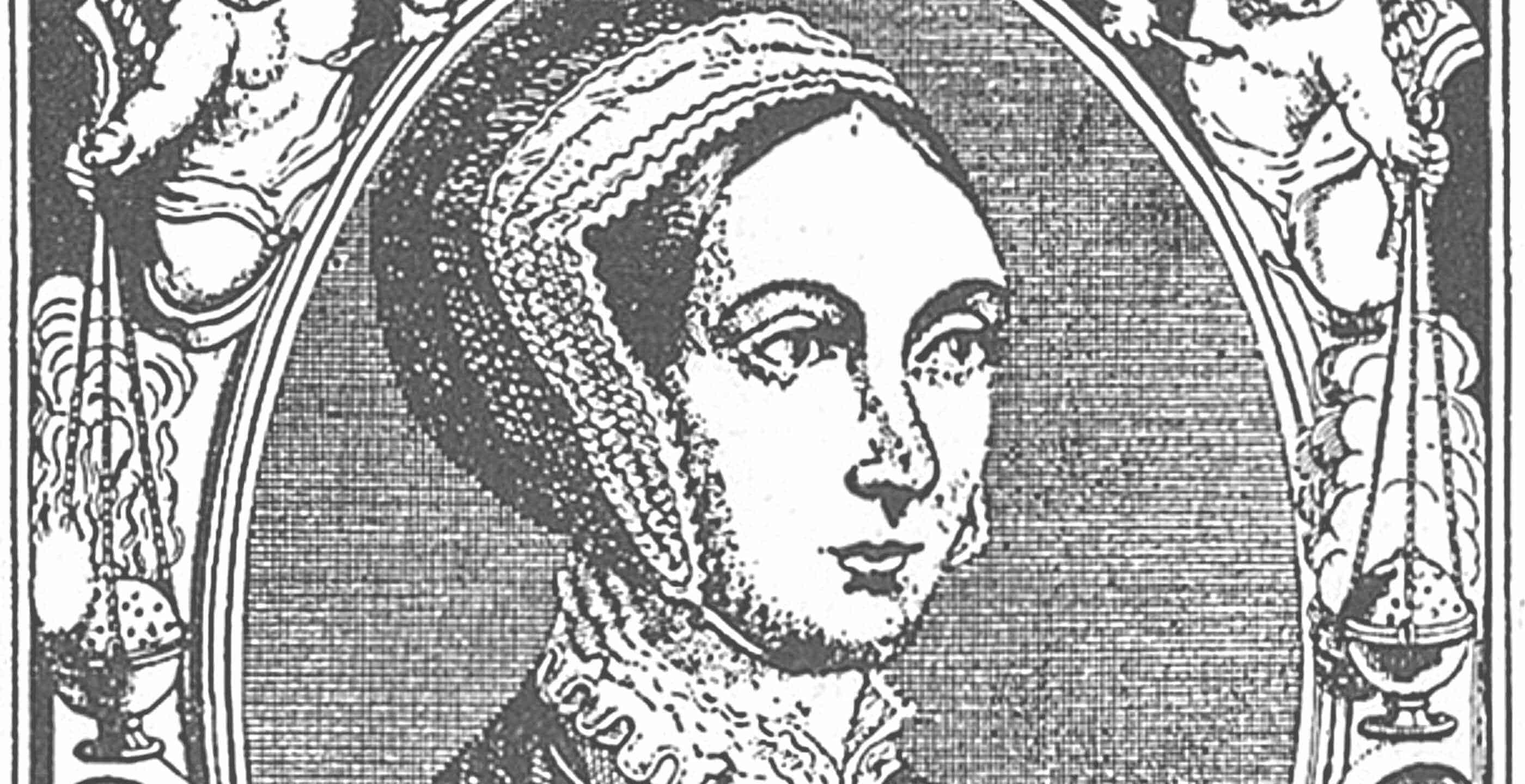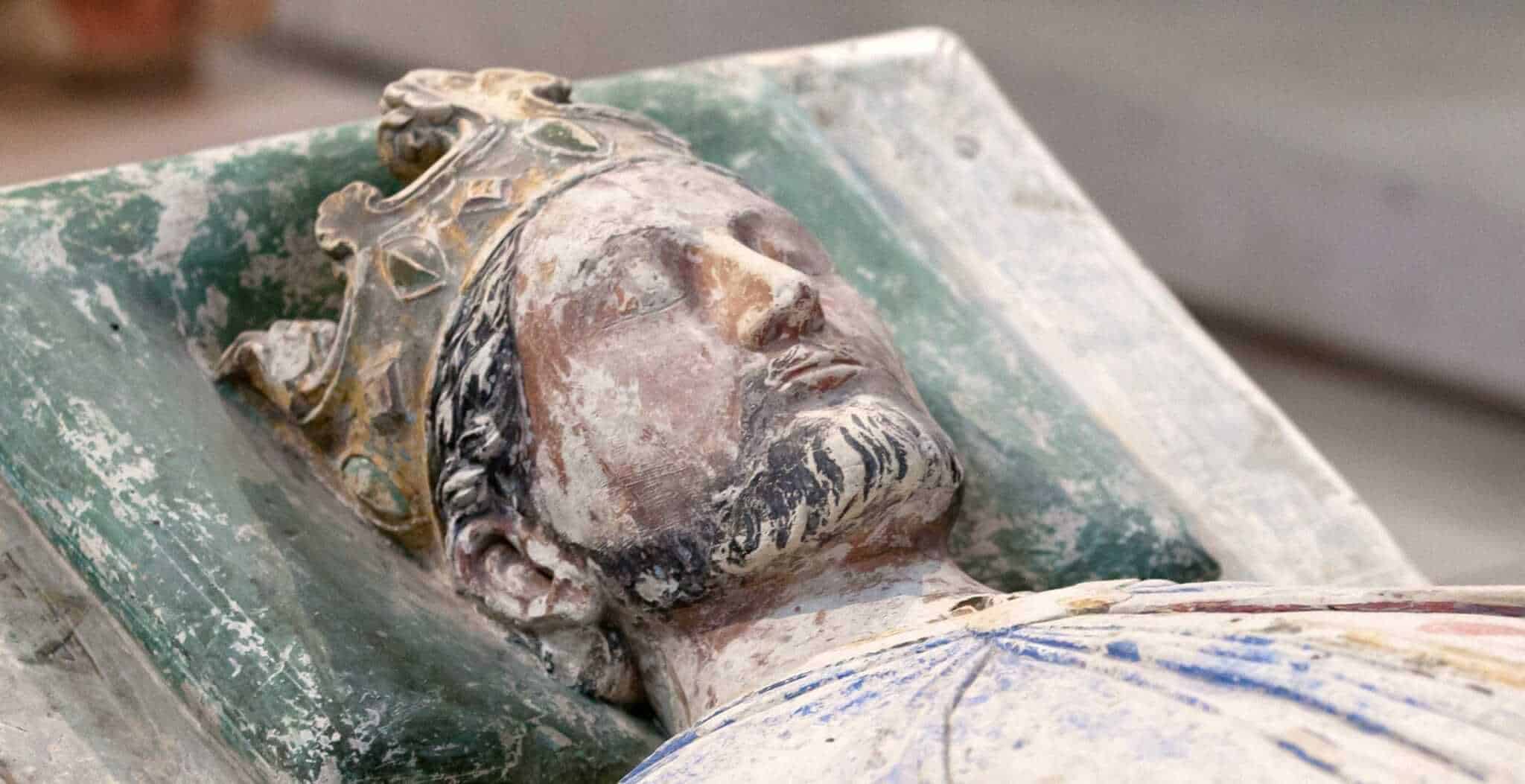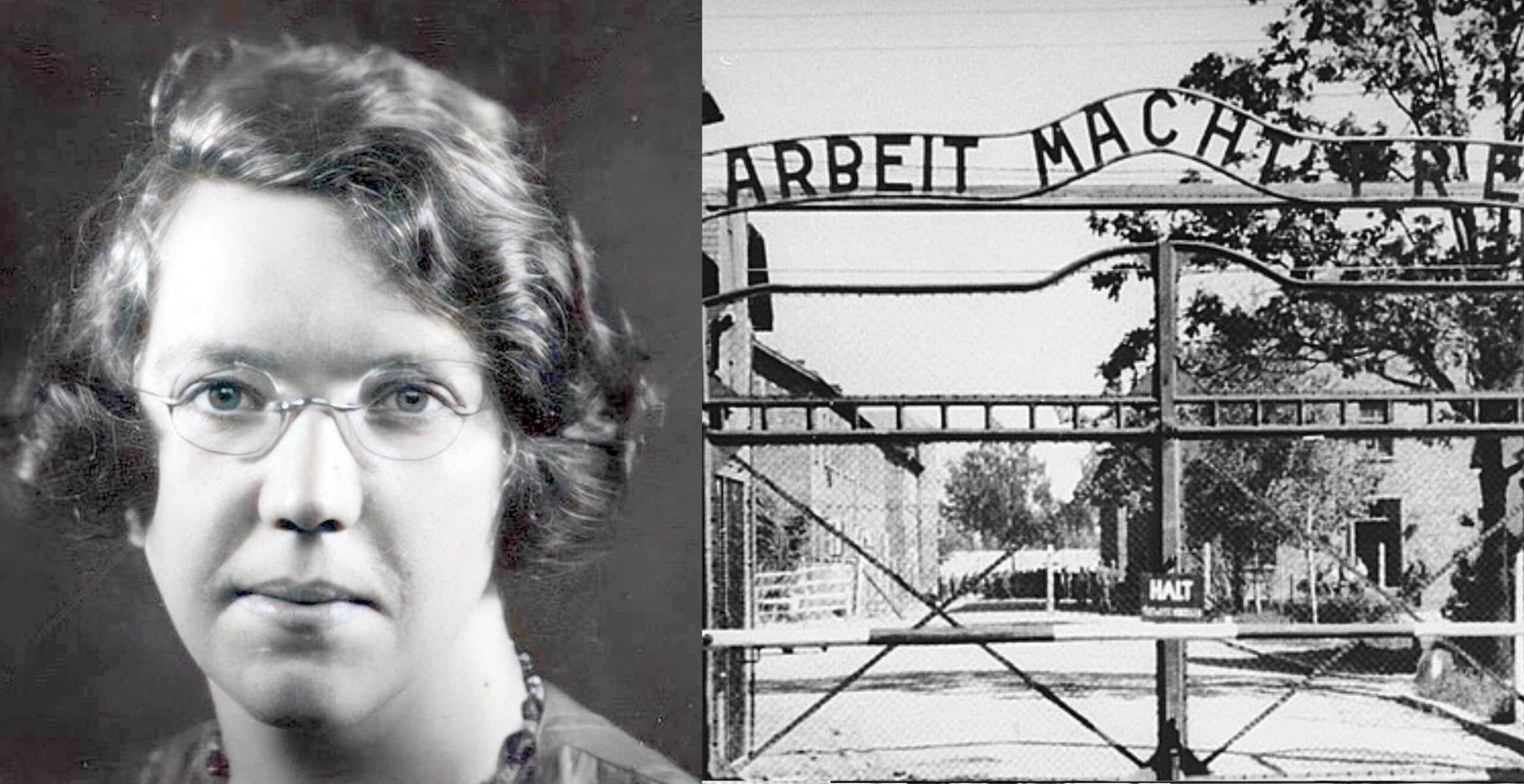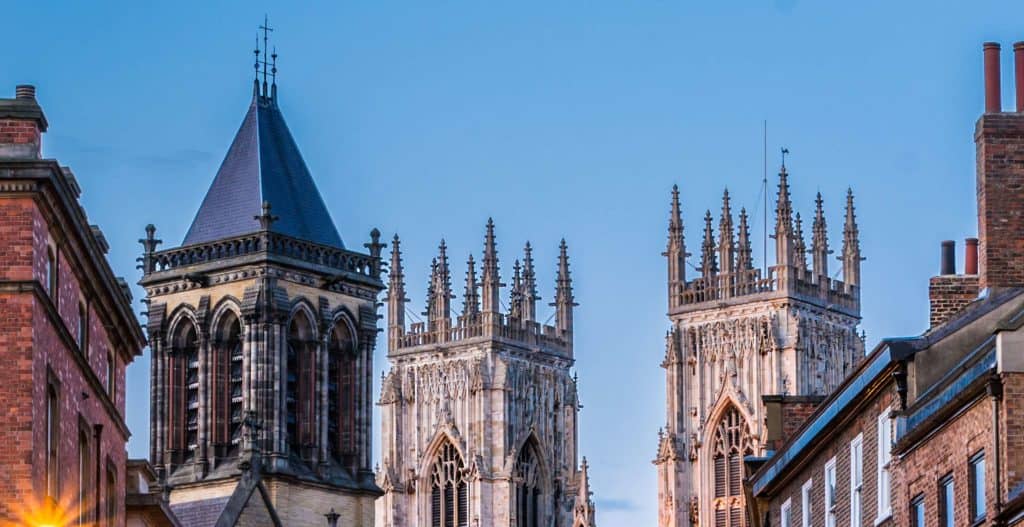When Jewish persecution is discussed by historians, the Holocaust is almost always mentioned. The Holocaust eradicated 6 million Jews, reducing Europe’s pre-war Jewish population of 9.5 million in 1933 to 3.5 million in 1945. While the Holocaust possesses obvious historical significance and an incomparable impact on world Jewry, a series of events that occurred centuries before in medieval England are often overlooked by contemporary historians.
From 1189 to 1190, the anti-Jewish pogroms in London, York, and numerous other cities and towns displayed cruelty and barbarity never before seen by English Jews. Indeed, these acts of violence distinguished themselves as some of the worst atrocities committed against European Jews in the Middle Ages. If this is true, then what drove the English, who hadn’t previously committed acts of violence against the Jews, to kill their neighbours?
In order to understand the reason why the pogroms of 1189 and 1190 occurred, the early history of the Jews in England must be explained. Prior to 1066, no Jews were recorded living in the kingdom. However, during the Norman Conquest, William the Conqueror brought England’s first Jews from Rouen, France. According to the Domesday Book, William wanted the government’s dues to be paid in coin, not by kind, and he saw the Jews as a nation of people who could supply him and the kingdom with coin. Therefore, William the Conqueror viewed the Jews as an important financial asset, one which could fund the kingdom’s ventures.
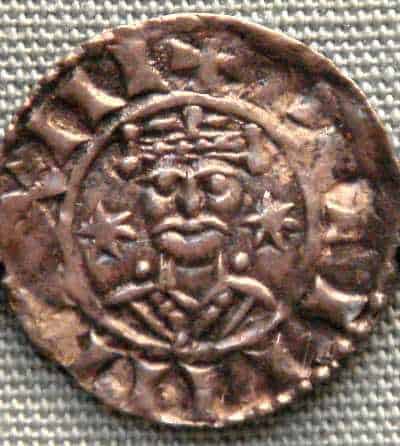
Following the arrival of the first Jews in England, they were not treated poorly by the English. King Henry I (r. 1100 – 1135) permitted all English Jews to travel freely without the burden of tolls or customs, the right to be tried by their peers in a court of law, and the right to swear on the Torah, among other liberties. Henry also declared a Jew’s oath to be worth that of 12 Christians, which showed the favour with which he treated England’s Jewry. However, during the reigns of King Stephen (r. 1135 – 1154) and Empress Matilda (r. 1141 – 1148), English Jews began to face more hostility from their Christian neighbors. Religious fervor fueled by the Crusades swept through England, causing many Christians to feel enmity towards the Jews. The first blood libel cases were reported in England during the 12th century and massacres of Jews almost broke out. Fortunately, King Stephen intervened to quell these violent outbursts and Jewish lives were spared.
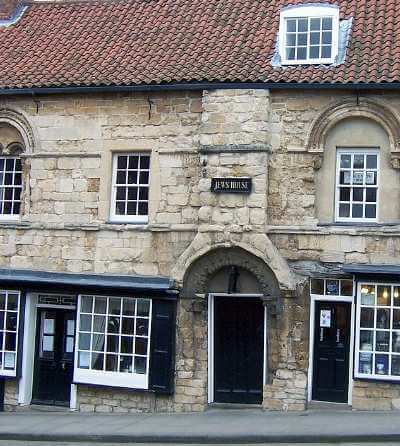
During the reign of King Henry II (r. 1154 – 1189), English Jews prospered economically, with Aaron of Lincoln, a Jewish financier, becoming one of the richest men in all of England. Jews were able to build themselves houses of stone, a material which was usually reserved for palaces. Jews and Christians lived side by side, and clergymen from both religions often met together and debated theological issues. By the end of Henry II’s reign, however, increasing Jewish financial success had incurred the anger of the English aristocracy, and a rising desire to crusade among the kingdom’s populace proved to be deadly for England’s Jews.
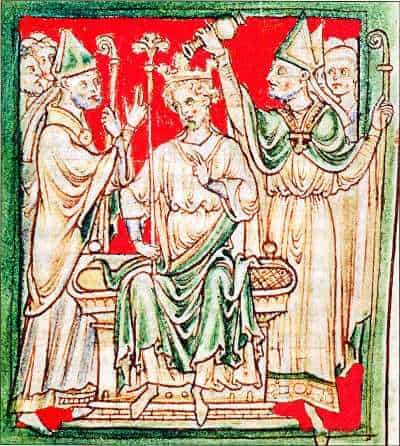
The catalyst for the anti-Jewish violence in 1189 and 1190 was the coronation of King Richard I on September 3, 1189. In addition to Richard’s Christian subjects, many prominent English Jews arrived at Westminster Abbey to pay homage to their new king. However, many Christian Englishmen harbored superstitions against Jews being present at such a holy occasion, and the Jewish attendees were flogged and thrown out of the banquet following the coronation. After the incident at Westminster Abbey, a rumor spread that Richard had ordered the English to kill the Jews. Christians attacked the predominantly Jewish neighborhood of Old Jewry, setting the Jews’ stone houses on fire at night and killing those who tried to escape. When news of the slaughter reached King Richard, he was outraged, but only managed to punish a few of the assailants because of their large numbers.
When Richard left on the Third Crusade, the Jews of the village of King’s Lynn attacked a Jew who converted to Christianity. A mob of seafarers rose up against Lynn’s Jews, burned down their houses, and killed many. Similar attacks occurred in the towns of Colchester, Thetford, Ospringe, and Lincoln. While their houses were ransacked, the Jews of Lincoln managed to save themselves by taking refuge in the city’s castle. On March 7, 1190, attacks in Stamford, Lincolnshire killed many Jews, and on March 18, 57 Jews were massacred in Bury St. Edmonds. However, the bloodiest of the pogroms took place from the 16th to the 17th of March in the city of York, staining its history forever.
The York Pogrom was, like the other instances of anti-Jewish violence before it, caused by the religious fervor of the Crusades. However, local noblemen Richard Malebisse, William Percy, Marmeduke Darell, and Philip de Fauconberg saw the pogrom as an opportunity to erase the large amount of debt they owed to Jewish moneylenders. The pogrom began when a mob burned the house of Benedict of York, a Jewish moneylender who died during the London pogrom, and killed his widow and children. York’s remaining Jews sought refuge in the town’s castle to escape the mob and convinced the castle’s warden to let them inside. However, when the warden requested to re-enter the castle, the frightened Jews refused, and local militiamen and noblemen besieged the castle. The anger of the English was fueled by the death of a monk, who was crushed by a stone when he approached the castle.
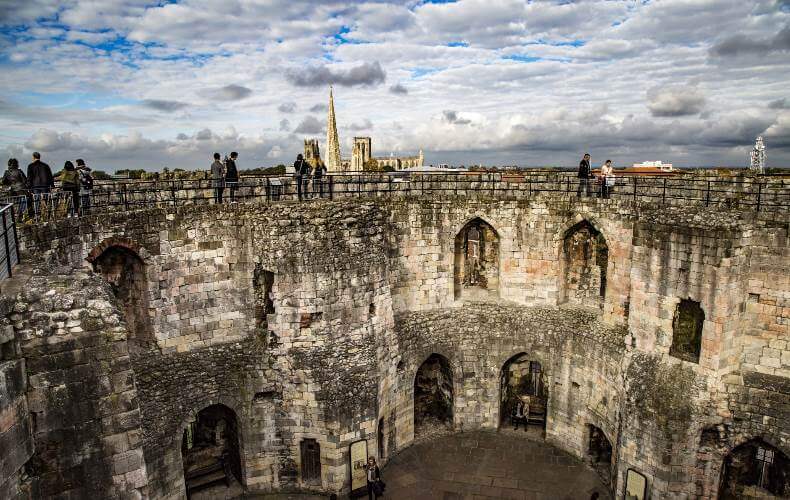
The trapped Jews were distraught, and knew that they would either die at the hands of the Christians, starve to death, or save themselves by converting to Christianity. Their religious leader, Rabbi Yom Tov of Joigny, decreed that they should kill themselves rather than convert. Josce, the political leader of York’s Jews, began by killing his wife Anna and their two children. The father of every family followed this pattern, killing his wife and children before himself. Finally, Josce was slain by Rabbi Yom Tov, who then killed himself. The castle was set on fire to prevent Jewish bodies from being mutilated by the Christians, and many Jews perished in the flames. Those who did not follow Yom Tov’s orders surrendered to the Christians the following morning and were promptly massacred. After the massacre, Malebisse and the other nobles burned the debt records held in York’s Minister, ensuring that they would never pay back their Jewish financiers. At the end of the pogrom, 150 Jews were killed, and York’s entire Jewish community was eradicated.
The pogroms of 1189 and 1190 were catastrophic for England’s Jewish community. Vandalism, arson and massacres showed English Jews that the tolerance of their Christian neighbours was a thing of the past. The zeal of the Crusades stirred up a fanatical religiosity among the English populace, a sensation that drove people to commit atrocities in the name of Christ. Ultimately, the pogroms of 1189 and 1190 stand as cautionary tales of the dangers of religious extremism; for if we fail to promote understanding between ourselves and those we consider to be different, violence will surely follow.
By Seth Eislund. Seth Eislund is a senior at Stuart Hall High School in San Francisco, California. He has always been interested in history, especially religious history and Jewish history. He blogs at https://medium.com/@seislund, and has a passion for writing short stories and poetry.
